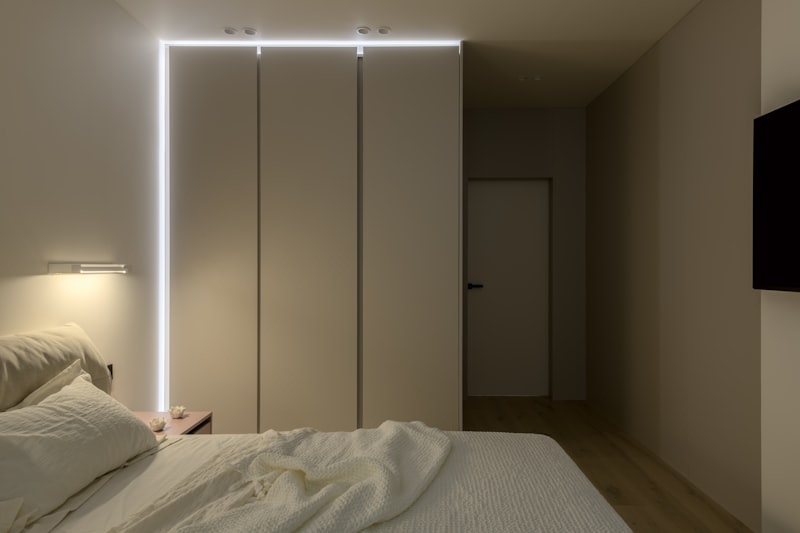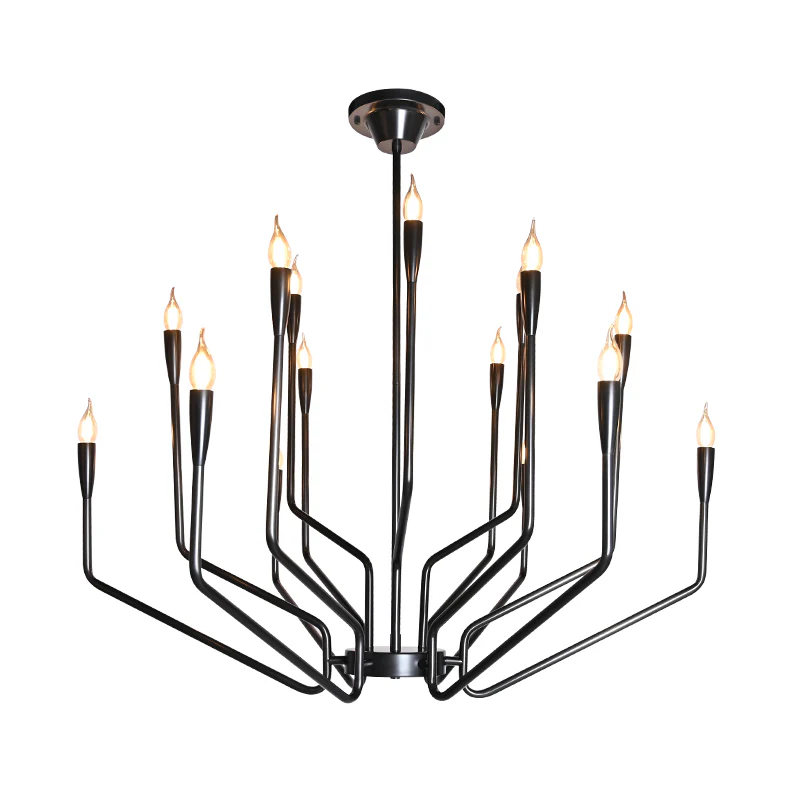The Aesthetics of LED Light Fixtures in Contemporary Design
The Aesthetics of LED Light Fixtures in Contemporary Design
In recent years, LED Light fixtures have become a staple in contemporary design, seamlessly blending functionality with aesthetic appeal. As the world shifts towards more sustainable energy solutions, LED Lighting has not only transformed the way we illuminate our spaces but also how we conceptualize design itself. This article will explore the Aesthetics of LED Light fixtures in contemporary design, offering insights into their versatility, design options, and their impact on various environments.
The Rise of LED Lighting in Modern Interiors
LED technology has revolutionized the lighting industry, providing options that are energy-efficient and environmentally friendly. Unlike traditional bulbs, LEDs consume significantly less energy and have a longer lifespan, making them an excellent choice for modern design. Plus, they come in various shapes, sizes, and color temperatures, allowing designers to play with light and shadow in innovative ways.
Key Advantages of LED Light Fixtures
| Advantage | Description |
| Energy Efficiency | LEDs use up to 80% less energy than incandescent bulbs. |
| Longevity | Last up to 25 times longer than traditional bulbs. |
| Versatility | Available in various designs and colors for different applications. |
| Environmentally Friendly | Contains no toxic elements and can be recycled. |
| Low Heat Emission | Produces very little heat, reducing cooling costs. |
As highlighted in the table above, the advantages of LED Light fixtures contribute significantly to their growing popularity in contemporary design.
Exploring Different Styles of LED Light Fixtures
Designers have embraced LED Light fixtures in a multitude of styles, each suiting different Aesthetics. Here are some popular styles:
1. Minimalist Designs
Minimalist LED fixtures focus on clean lines and simplicity, embodying the "less is more" philosophy. These designs often feature geometric shapes and neutral color palettes, making them ideal for modern homes and offices.

2. Industrial Aesthetic
The industrial design movement has also benefitted from the integration of LED Lights. Fixtures that incorporate exposed bulbs and metallic finishes can enhance a raw, urban feel. This style works well in lofts and converted warehouse spaces.
3. Smart LED Lighting
Smart technology has transformed how we interact with light. Smart LED fixtures can change colors, dim, and even sync with smart home systems. This integration not only adds convenience but also allows for customized lighting experiences that cater to personal preferences.
Color Temperature and Its Impact on Aesthetics
One of the remarkable features of LED Lighting is the ability to choose different color temperatures, which can dramatically affect the ambiance of a space. Color temperatures range from warm white to cool daylight, influencing mood and functionality.
Warm White (2700K-3000K)
This color temperature creates a cozy atmosphere, ideal for living rooms and bedrooms. It mimics the soft glow of traditional incandescent bulbs, fostering relaxation.
Cool White (3500K-4100K)
Cooler tones are better suited for kitchens and bathrooms, providing a brighter, cleaner look that enhances visibility for daily tasks.
Daylight (5000K-6500K)
The daylight range promotes alertness and energy, making it perfect for workspaces and study areas. It mimics natural sunlight, which can boost productivity.
The Role of LED Fixtures in Sustainability
As awareness of environmental issues grows, the demand for sustainable solutions in design has increased. LED fixtures are a critical component of sustainable design practices due to their long lifespan and energy efficiency. Incorporating LED Lighting can significantly reduce a building's carbon footprint while offering aesthetic versatility.
Sustainable Design Practices
Designers are now more inclined to use renewable materials and energy-efficient technologies in their projects. LED Lighting complements these practices by supporting energy-saving initiatives, which are essential for a sustainable future.
Case Studies of LED Integration in Contemporary Design
To illustrate the impact of LED Light fixtures in contemporary design, let's explore a few inspiring case studies.
Case Study 1: The High Line, New York City
The High Line is a public park built on a historic freight rail line elevated above the streets on Manhattan's West Side. The park uses LED Lighting to accentuate its pathways and gardens, creating a vibrant experience for visitors that changes with the setting sun.
Case Study 2: Google’s Headquarters in Mountain View
Google’s campus features state-of-the-art LED fixtures that enhance its modern architecture. The use of color-changing LEDs in collaborative spaces fosters creativity while showcasing sustainability commitments through energy efficiency.
Future Trends of LED Light Fixtures
The future of LED Lighting in contemporary design is promising, with ongoing advancements in technology leading to even more innovative solutions. The following trends are expected to shape the landscape:
1. Human-Centric Lighting
Designers are increasingly focusing on the effects of lighting on human health and well-being. Human-centric lighting aims to mimic natural sunlight to enhance mood, productivity, and circadian rhythms.
2. Integration with Smart Home Technology
As smart home technology proliferates, so too will the demand for LED fixtures that seamlessly integrate with these systems. Expect to see innovations that allow homeowners to control lighting not just from their smartphones but through voice commands and automation.
3. Biophilic Design
Biophilic design focuses on incorporating natural elements into built environments. LED Lighting that mimics natural light patterns will be crucial in achieving this look, creating spaces that connect occupants with nature.
Conclusion: Embracing the Aesthetics of LED Light Fixtures
The Aesthetics of LED Light fixtures in contemporary design represent a harmonious blend of functionality and style. Their versatility allows for an array of applications that can be tailored to suit diverse design philosophies. As the landscape of design continues to evolve, embracing LED Lighting will not only enhance spaces but also contribute to a sustainable future. When integrating LED fixtures into your design, consider the aesthetic implications, color temperatures, and the evolving trends that can elevate your space.
In conclusion, whether you are renovating your home, designing a commercial space, or simply exploring new lighting options, LED fixtures offer an exciting and eco-friendly solution that enhances not only the beauty but also the sustainability of your designs. Keep an eye on emerging trends and technologies in this dynamic field to make the most out of your LED Lighting choices.
